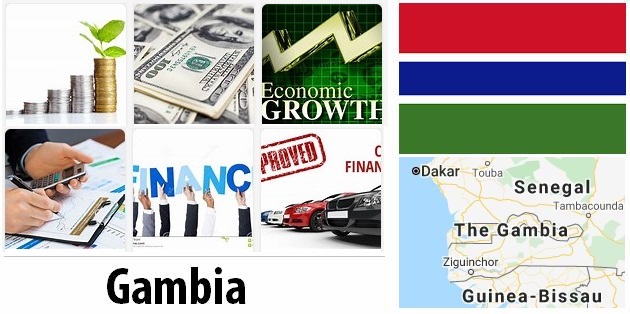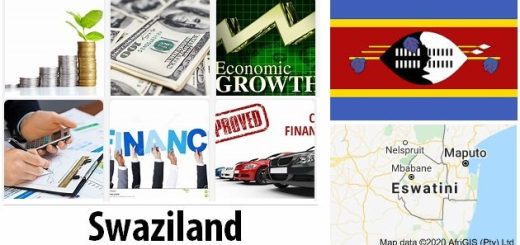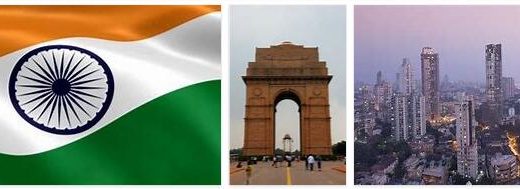Gambia Economy Facts
Economical overview
The Gambia economy is based on agriculture. Peanuts and peanut products dominate exports. Tourism is also important, as are money shipments from Gambians working abroad. The dependency on aid is great.
The dominance of peanut exports makes the economy vulnerable to varying world market prices of peanuts. Drought leads to negative growth in some years. In 2007-2010, growth was relatively high and the country coped well with the global financial crisis. In 2011, however, the economy shrank due to drought, and after a couple of better years came the next economic downturn in 2014, partly due to bad harvests and partly to reduced tourism as a result of the Ebola epidemic in neighboring countries.
- Countryaah.com: Major imports by Gambia, covering a full list of top products imported by the country and trade value for each product category.
At the same time, Gambia is one of the world’s most aid-dependent countries. The Western world’s criticism of increasing human rights violations during the 2000s and 2010s has reduced the flow of aid from traditional donors such as the EU and the US. Instead, new donor countries have been added. Taiwan was an important donor until 2013, when the Gambia severed diplomatic relations with the country. The Islamic Development Bank (IDB) has become a major lender, which means interest-free loans. External debt represented just over half of GDP in 2014.
The ruling party ARPC has been pursuing market-oriented economic policy through the Vision 2020 program since 1994, with support from the International Monetary Fund (IMF) and the World Bank. The goal is a more stable economy with a reduced budget deficit and increased domestic investment. The program also includes poverty reduction. Poor transport opportunities, electricity shortages and low educational level are among the obstacles that slow down development.
- Abbreviationfinder.org: Check this abbreviation website to find three letter ISO codes for all countries in the world, including WAG which represents the country of Gambia. Check findjobdescriptions to learn more about Gambia.
Natural resources are largely missing and the industry is poorly developed. However, a certain expansion of the economy has taken place during the 2000s and 2010s, with an increase in tourism, industry and the re-exports important to the economy, that is, the import goods coming via the Gambian Atlantic port can be exported immediately (see Foreign Trade).
Tourism is the largest source of foreign currency. An investment in the sector was already made in the 1970s, with the intention of creating a new and less weather dependent source of income. Swedes were the first major group of tourists, but since then the British visitors have become more. A large part of the profits go to foreign travel companies, as most visitors buy package tours. However, the tourism industry provides jobs for thousands of Gambians on the coast; second to agriculture, tourism is the sector that employs the most.
Money that foreign Gambians send to the family also provides an important financial contribution. Around half a million Gambians are expected to live in other countries, especially in the UK, other Western Europe and the United States.
FACTS – FINANCE
GDP per person
US $ 712 (2018)
Total GDP
US $ 1,624 million (2018)
GDP growth
6.6 percent (2018)
Agriculture’s share of GDP
23.0 percent (2017)
Manufacturing industry’s share of GDP
4.5 percent (2017)
The service sector’s share of GDP
56.6 percent (2017)
Inflation
6.9 percent (2019)
Government debt’s share of GDP
86.6 percent (2018)
External debt
US $ 650 million (2017)
Currency
Dalasi
Merchandise exports
US $ 129 million (2017)
Imports
US $ 426 million (2017)
Current account
– USD 111 million (2017)
Commodity trade’s share of GDP
43 percent (2018)
Main export goods
peanut products, fruits and vegetables, fish
Largest trading partner
India, UK, France, China, Senegal













